THE MYSTICAL LOIRE
ONE OF OUR BIGGEST LOVES FOR WHITE GRAPES
To understand the region, one must grasp its vastness. The Loire wine region actually comprises many small sub-appellations, totaling around 70,000 hectares. The diversity is immense! Stretching from east to west, the region spans nearly 900 kilometers – from Roanne near Lyon to Nantes on the Atlantic coast. At the beginning, in the Massif Central, there are slate and granite soils. Then, heading northeast, the soils change to the world-famous flint and gravel soils around Pouilly-Fumé. Continuing northward and then bending westward near the city of Orléans, the Touraine region emerges with sandy, gravelly soils.
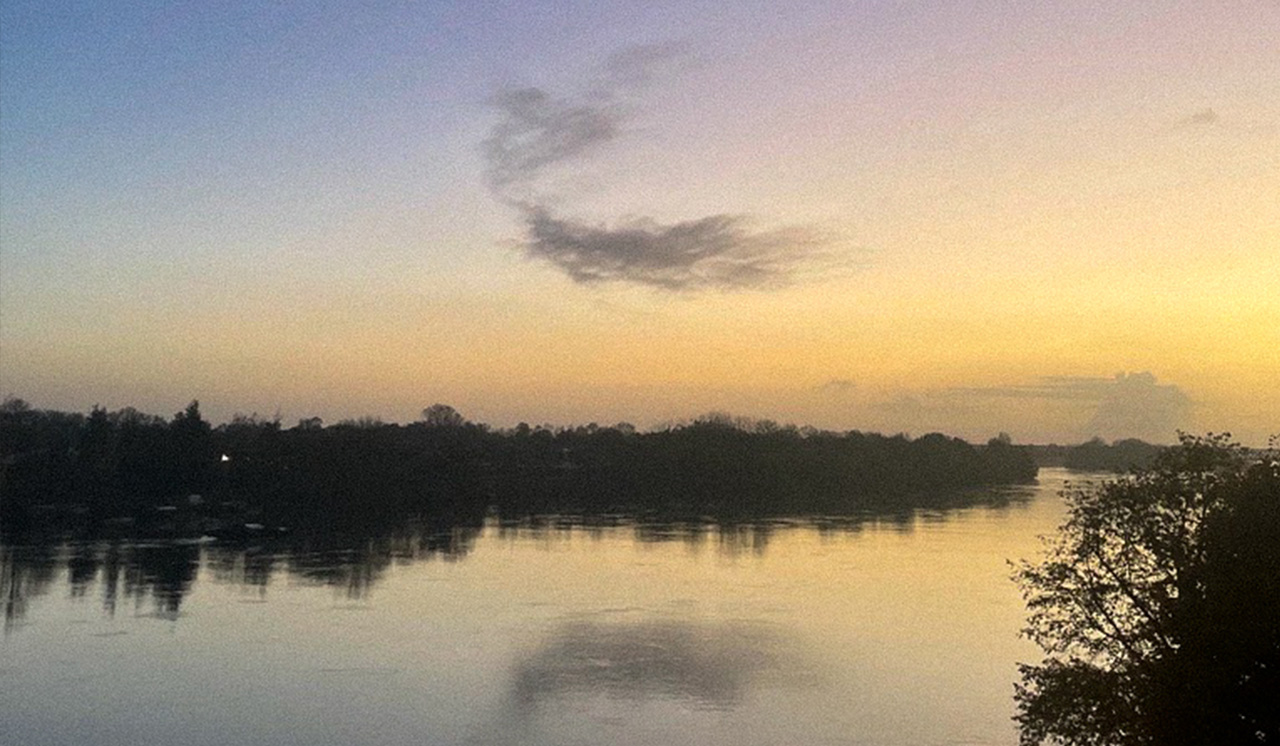
Next comes a massive limestone layer from the depths, the same as in Chablis, known as Kimmeridge limestone. Intertwined with clay, it becomes tuffeau. The most concentrated areas are around the cities of Saumur and Angers (Anjou region). The journey continues relentlessly towards the Atlantic. West of the city, Anjou Blanc (limestone) transitions to Anjou Noir (slate). Around the city of Nantes, the mouth of the Loire begins, and the foothills of one of the oldest geological formations in the world, the Massif of Armorica, emerge. Slate, granite, and gneiss characterize this area.
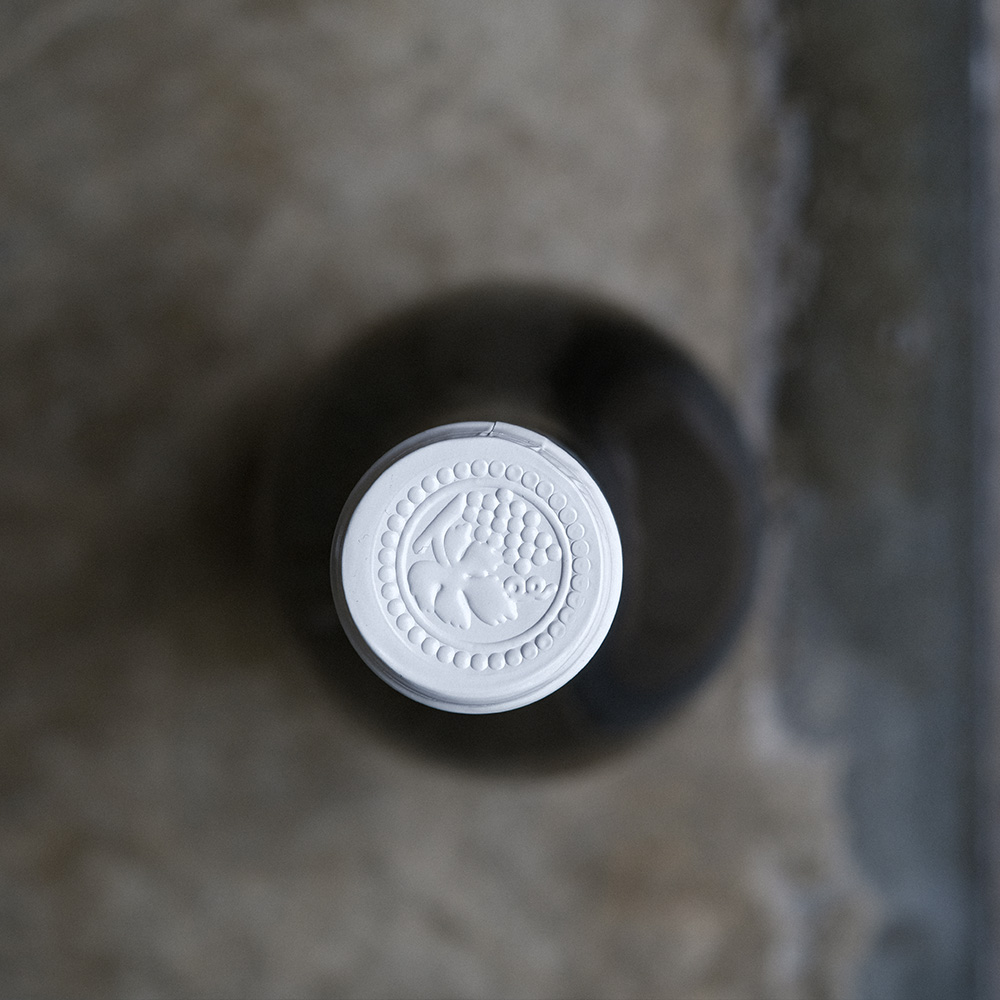
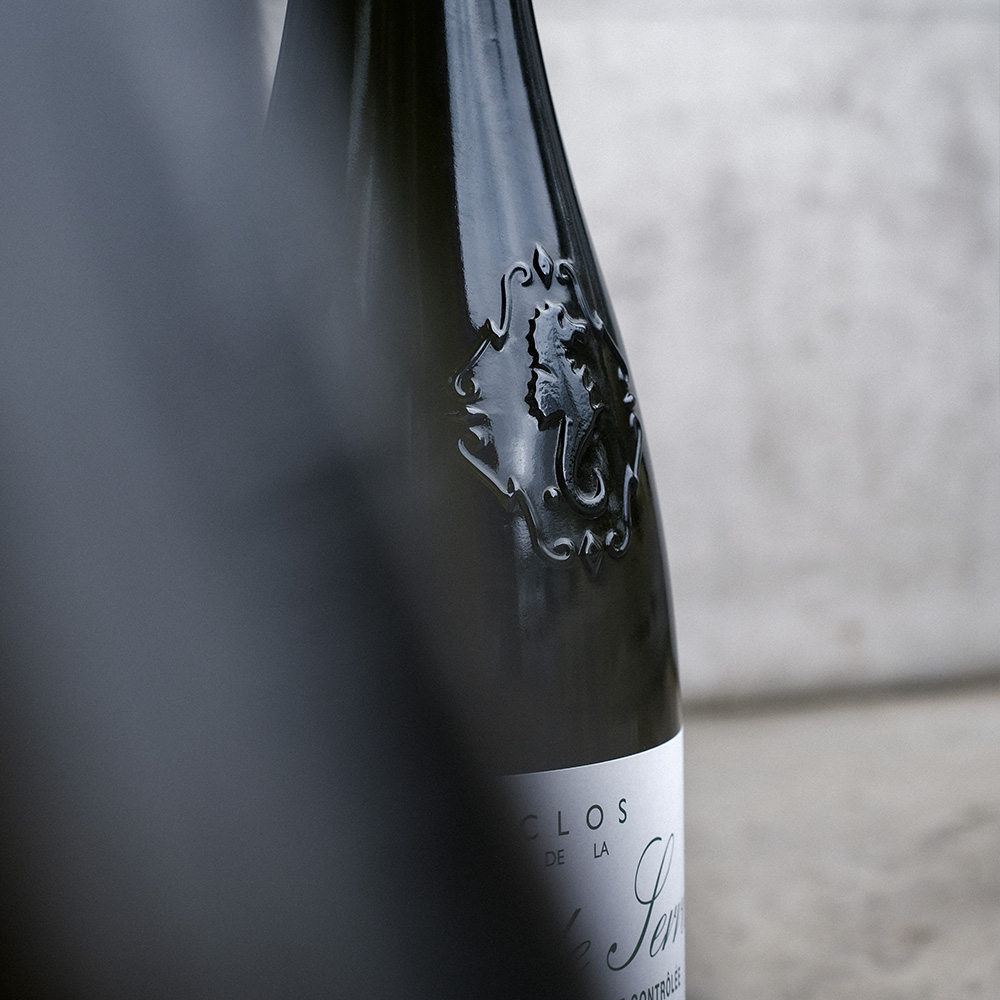
Nestled amidst the picturesque landscapes of France, the Loire region enchants with its serene beauty and illustrious vineyards, where the art of winemaking has thrived for centuries. Among its many treasures are the exquisite white grapes that flourish in its fertile soils, each varietal imbuing the wines with a distinct charm and elegance. From the crisp minerality of Sauvignon Blanc to the luscious sweetness of Chenin Blanc, and the aromatic allure of Melon de Bourgogne, the Loire Valley boasts a spectrum of flavors that captivate the palate and evoke a sense of terroir unique to this enchanting region. As the gentle breeze whispers through the vineyards, carrying the essence of the Loire’s white grapes, one can’t help but be transported on a journey of sensory delight and unwavering dedication to producing wines of unparalleled quality and finesse.
Here are some biodynamic white gems from this beautiful region:
CHENIN BLANC
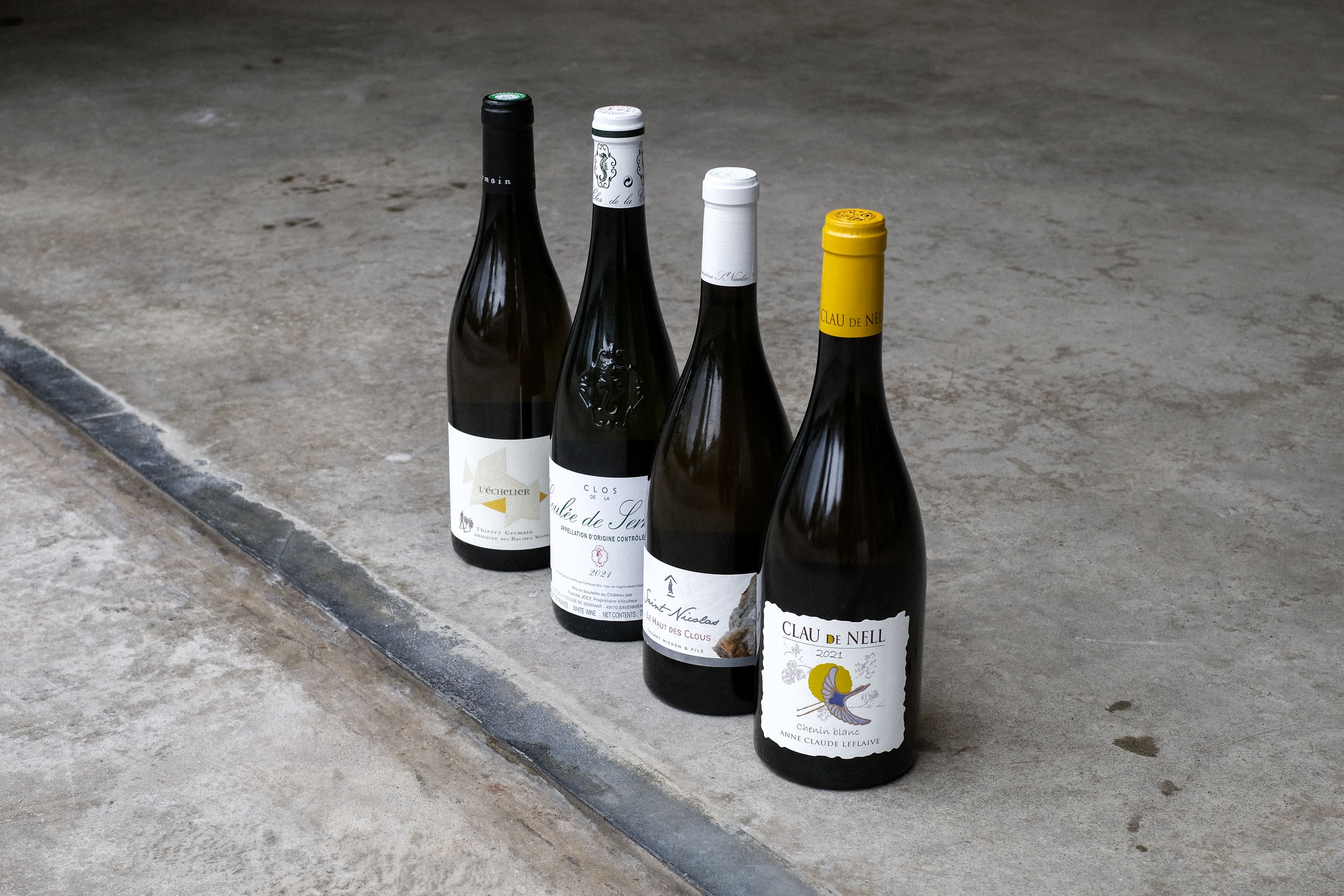
Thierry Germain
Thierry Germain’s realm at Domaine Roches Neuves offers a glimpse into the world of a pioneering figure in Loire Valley’s biodynamic winemaking. Germain’s wines, crafted with meticulous care, mirror his expertise, showcasing finesse, vibrant fruit notes, and a distinctive mineral complexity. The estate’s diverse soils – alternating between chalky, sandy, and clay compositions – create a myriad of terroirs, fostering endless potential.
Nicolas Joly
The story of Clos de la Coulée de Serrant is remarkable. Planted by Cistercian monks in the 12th century, it passed through various owners until acquired by the Joly family in 1962. Nicolas Joly, drawn back to winemaking after years in finance, embraced biodynamics in 1981 after disappointing results with conventional methods. By 1985, the entire estate was certified biodynamic. Today, the estate’s 7 hectares along the Loire river produce three wines known for their purity and authenticity. Nicolas’ uncompromising approach to winemaking, eschewing conventional methods, has made his wines iconic, though divisive. They offer a genuine expression of the terroir and are a must for wine enthusiasts seeking authenticity.
Domaine Saint Nicolas
Situated in the Fiefs Vendéens appellation, this family-owned estate spans 34 hectares of vineyards, where meticulous care is given to cultivating vines that thrive in the maritime-influenced climate. To let the wine be, to listen to it, and to exercise patience with the goal to reflect each vintage. Biodynamics is their guiding principle and represents the driving force of everything they do. For the whites, Thierry Michon is in charge, as since 2019, he has decided to let his children take over at the red wine cellar. A family committed to crafting wines with body and substance on the palate. Elegant and terroir-driven wines that reflect the unique character of the sandy soils and oceanic breezes of the region.
Clau de Nell
Clau de Nell, a beautiful wine estate located in the heart of the Anjou region in the Loire Valley. Outstanding biodynamic wines with a history that dates back to the 16th century. The winery has been taken over by Anne-Claude Leflaive, former co-owner of Domaine Leflaive, who has worked hard to restore the vineyard to its former glory. She was drawn to the property due to its beautiful location, soil composition, and the potential she saw in the vineyards. Clau de Nell now has 10 hectares of vines, which are planted on a mix of schist, sandstone, and limestone soils. The grapes are hand-harvested and fermented using native yeasts, which are naturally present on the grapes. The wines are then aged in a combination of new and used oak barrels. Wines that are known for their elegance, balance, and purity. Today, the winery is run by her husband, Christian Jacques, their daughters and the team.
SAUVIGNON BLANC
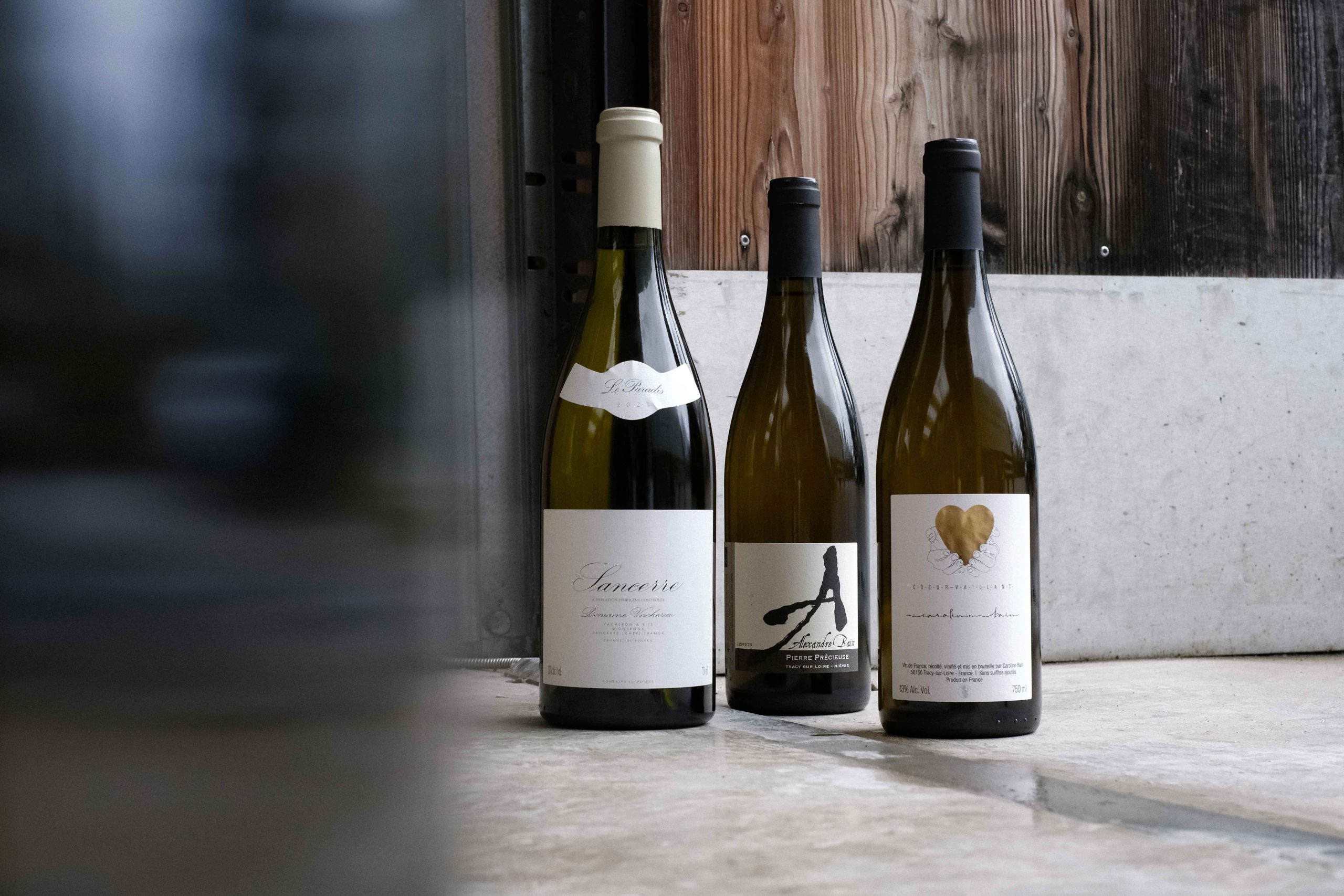
Domaine Vacheron
Domaine Vacheron, nestled in the renowned Sancerre region, stands as a testament to the artistry and dedication of the Vacheron family. Spanning 48 hectares, the estate’s vineyards are evenly divided between prized terroirs of flint and limestone. Guided by winemakers cousins Jean-Dominique and Jean-Laurent Vacheron, the estate’s philosophy revolves around showcasing the distinctiveness of each parcel. Since 2008, their commitment to organic and biodynamic practices has been unwavering, resulting in wines that authentically reflect the character of their terroir while embodying the family’s generations-long passion for winemaking. Domaine Vacheron’s wines are celebrated for their elegance, complexity, and expression of the unique Sancerre terroir.
Alexandre Bain
Alexandre Bain stands as a remarkable anomaly in the world of winemaking. Without familial roots in viticulture and not hailing from the renowned Pouilly-Fumé region, his journey into wine was far from conventional. Alexandre’s curiosity for winemaking was ignited in 2007 settling on 5 hectares in the lieu-dit Boisfleury (clay-limestone tendency). He owes his love for the land to his farmer grandfather, which he combines with his other passion, animal traction, as he plows part of his vineyard with horses. An advocate of biodynamic farming, he harvests ripe Sauvignons, aged in barrels with minimal intervention and meticulous care in the vineyards. Neither inoculated, nor chaptalized, nor filtered, his wines claim to be natural and are golden, generous, sometimes more developed on the palate than on the nose. Today, he oversees 9 hectares of vineyards.
Caroline Bain
Caroline Bain decided she wanted to make her own wine after years of working with her well known biodynamic wine maker husband, Alexandre Bain. She works 2.5 hectares of Sauvignon Blanc vines, situated across two parcels in Tracy-Sur-Loire, falling within the Pouilly-Fumé AOC. However, by labeling her wines as VDF (Vin de France), she finds the freedom she desires in her winemaking endeavors. Her inaugural vintage of Sauvignon Blanc stands as a testament to her unwavering principles. Employing a no-compromise approach, Caroline practices biodynamics in the vineyard, no fining, no filtration, no sulfur, or any form of manipulation. The wine matures on its lees for 30 months before bottling, resulting in a simply stunning expression of Sauvignon Blanc, showcasing the grape at its finest.
MUSCADET
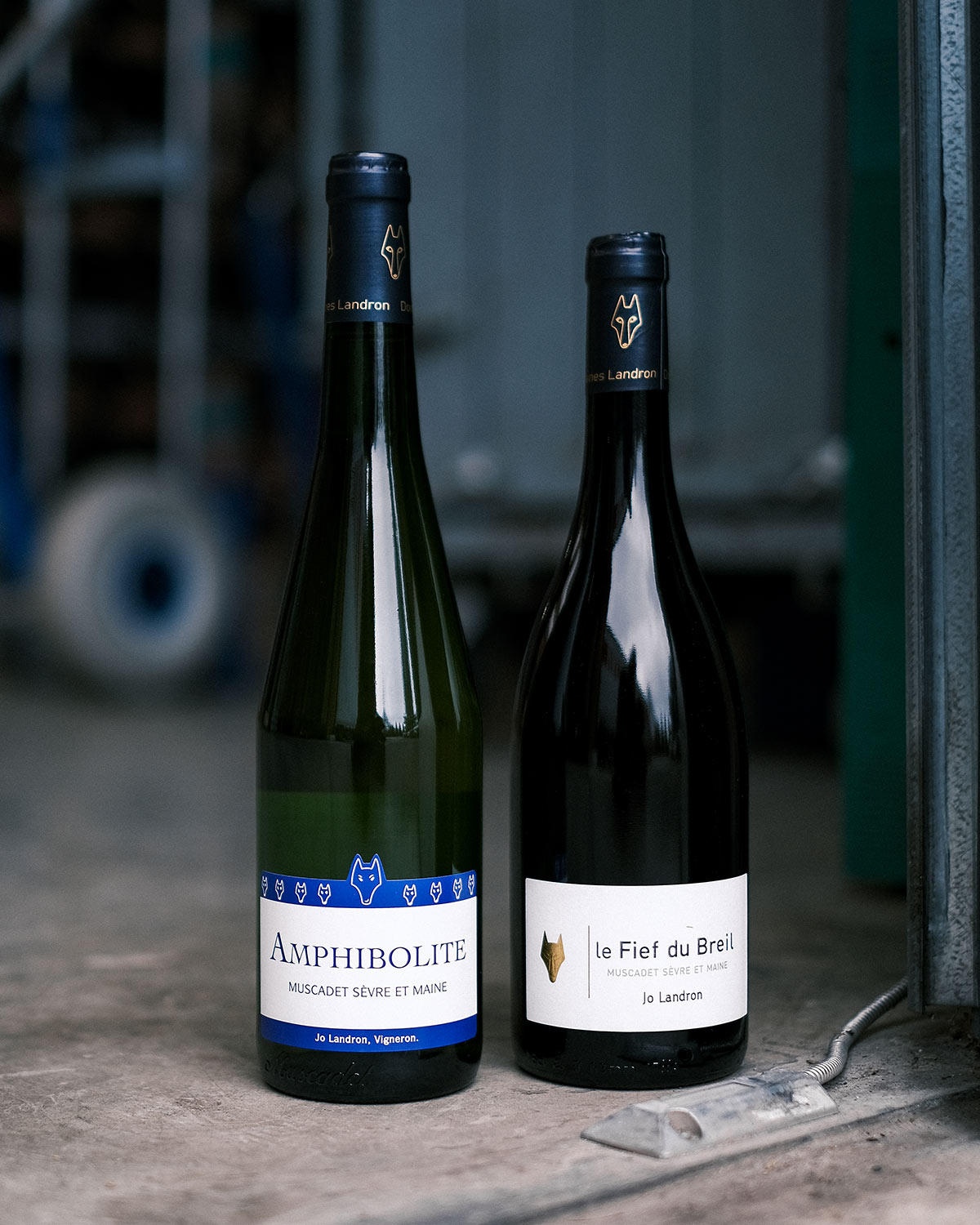
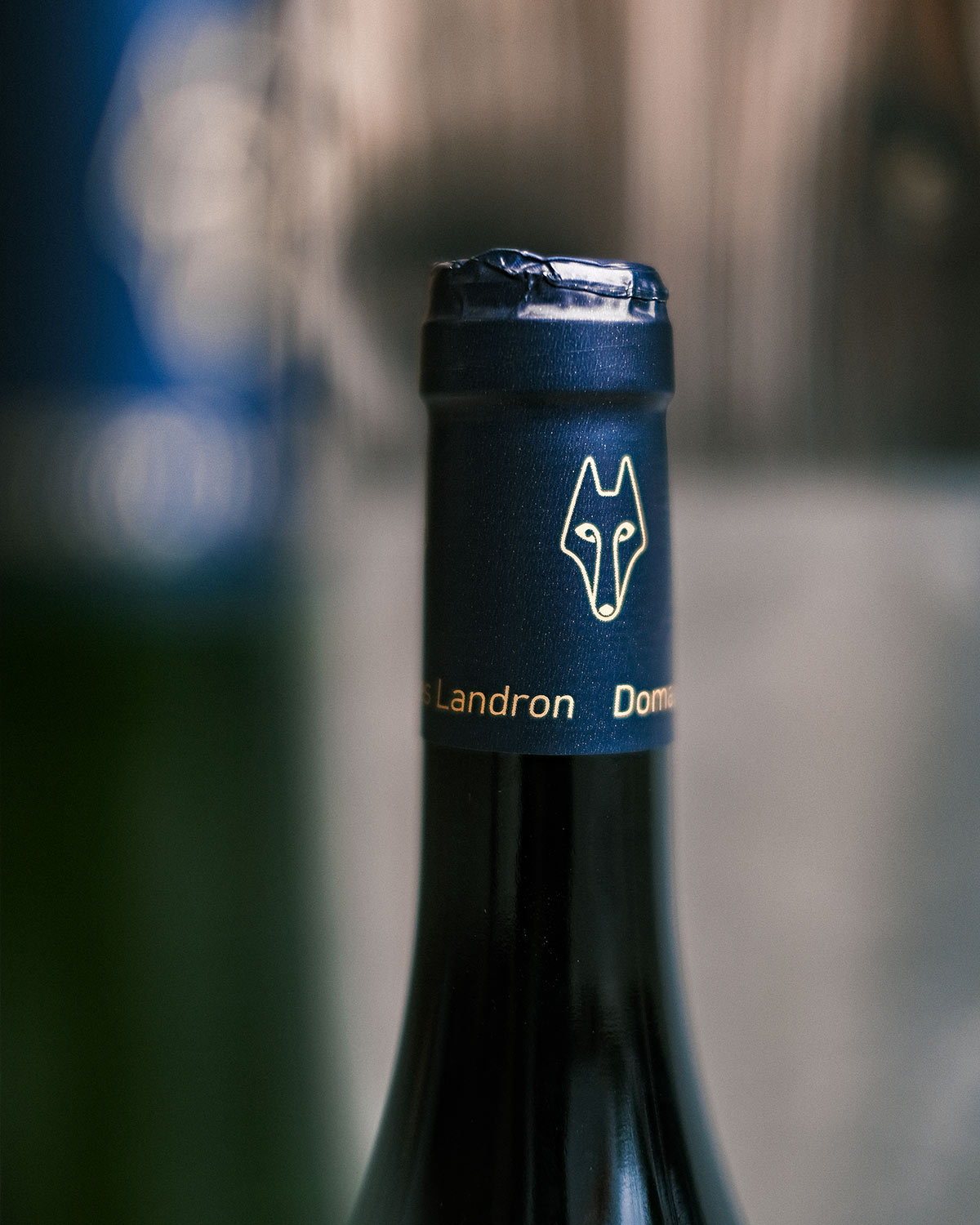
Domaine Landron
Saltier than in the west of the Loire, it’s hardly possible. Not far from the city of Nantes, right next to the mouth of the Loire into the Atlantic. Fertile soil, flat and green. The terroir here, characterized by clay and loam, numerous granite inclusions, and the scent of the sea. The grape variety of choice – Melon de Bourgogne, the wines known as Muscadet. Natural wine? Yes, Jo Landron! Almost 40 years ago, the man with the imposing mustache took over the estate from his father. Immediately, he switched to biodynamic cultivation – the vines are old and full of energy. The house classic, Amphibolite. Wonderfully crisp acidity, the wine is unobtrusive in the best sense. However, if you want to lose yourself, it also offers enough depth. A bistro wine par excellence.


